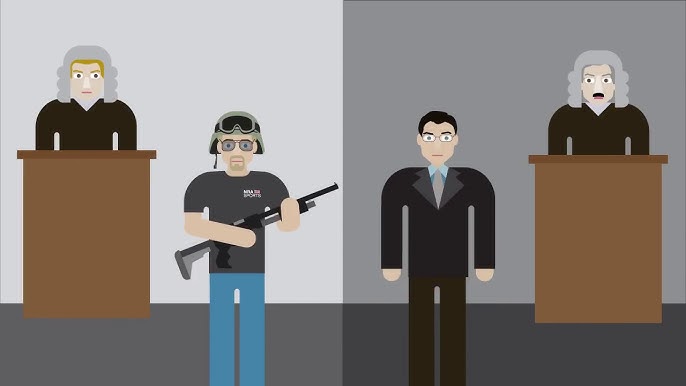Terry v. Ohio is a landmark Supreme Court case from 1968 that defines the boundaries between police authority and individual rights. The case established the legality of “stop and frisk,” a practice where police officers can briefly detain and pat down a suspect under specific circumstances.
The Case:
John Terry was walking down a street in Cleveland when plainclothes officers stopped him and two others. The officers suspected they were planning a robbery based on their movements. A frisk revealed weapons on two of the men, including Terry. Terry was convicted of carrying a concealed weapon, but he appealed, arguing the stop and frisk violated his Fourth Amendment protection against unreasonable searches and seizures.
The Court’s Decision:
The Supreme Court, in an 8-1 decision, sided with the police. The Court acknowledged the Fourth Amendment’s protections but argued they aren’t absolute. The Court created a new standard:
- Reasonable Suspicion: Officers can stop a person for a brief encounter if they have a reasonable suspicion that the person is involved in criminal activity (past, present, or future). This suspicion must be based on specific observations, not just a hunch.
- Frisk for Weapons: Officers can frisk the suspect’s outer clothing for weapons if they have a reasonable belief the person may be dangerous. The frisk aims to protect the officer’s safety, not gather evidence.
The Impact:
Terry v. Ohio has had a significant impact on law enforcement practices. It allows police to proactively investigate suspicious activity, potentially preventing crimes and protecting public safety. However, the ruling has also been criticized for allowing racial profiling and unwarranted stops.
The Debate Continues:
The balance between law enforcement’s needs and individual liberties remains a subject of debate. Courts continue to refine the standards established in Terry v. Ohio, and the case serves as a reminder of the ongoing tension between security and privacy.



